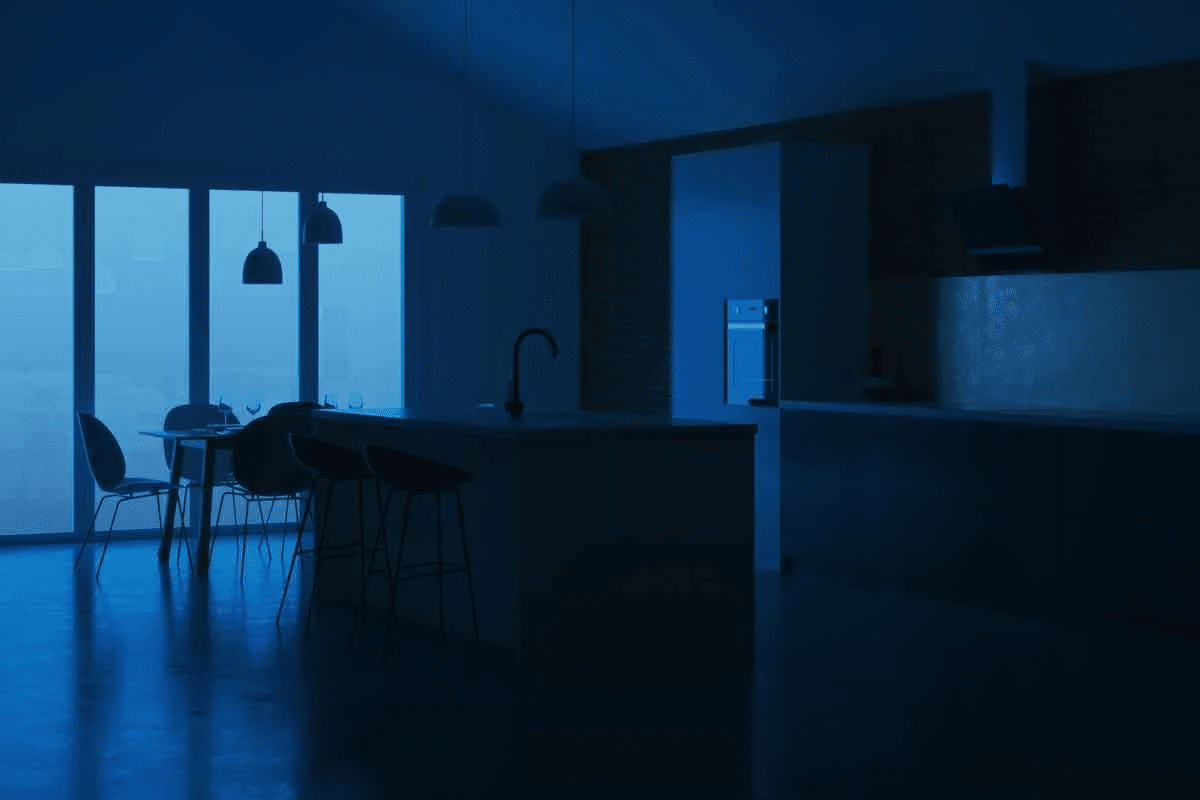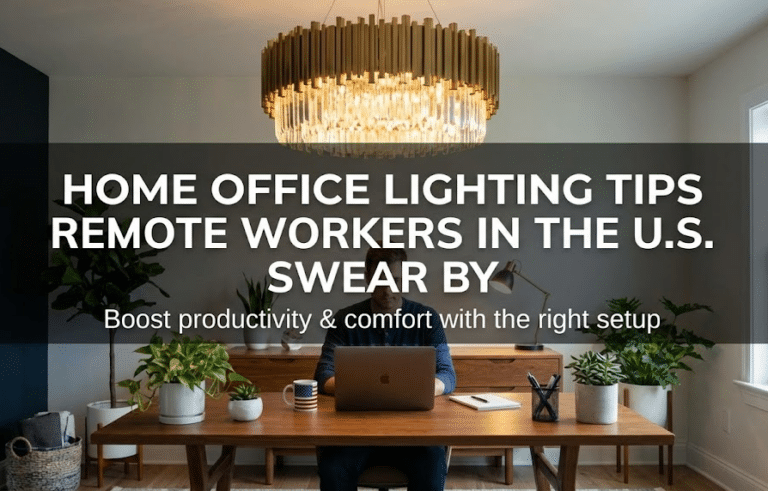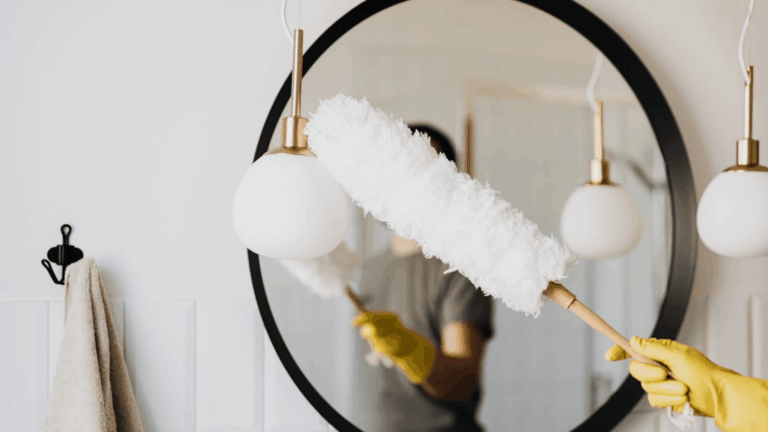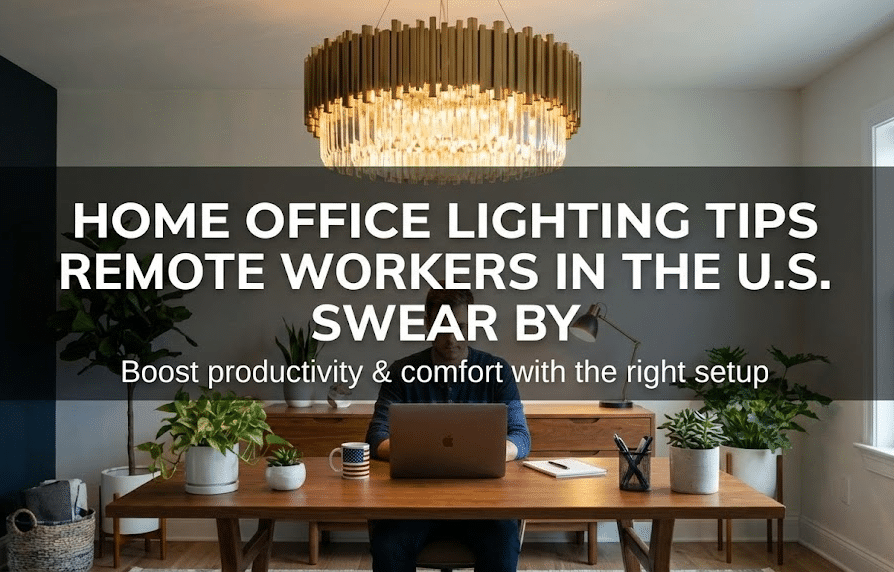A well-prepared home isn’t about living in fear of the next storm, blackout, or plumbing leak. It’s about setting yourself up so those inevitable surprises don’t turn into full-blown disasters. While most people wait until something goes wrong to start thinking about home readiness, a few smart decisions made ahead of time can save you time, money, and stress.
Whether you’re bracing for seasonal shifts, the occasional power outage, or just trying to keep things running smoothly, here are the key areas where a little planning goes a long way.
Seasonal Changes Are Tough on Pipes
The weather doesn’t have to be extreme for your pipes to suffer. Shifts between seasons, especially from winter to summer or the other way around, put your plumbing under stress. That’s why it’s smart to get your plumbing ready before the temperature swings start messing with your system.
Cold snaps can cause frozen or burst pipes, while summer brings pressure changes and expansion that wear on older fixtures. You don’t need to overhaul your entire system to stay ahead of it. Sometimes it’s as simple as checking your outdoor spigots, insulating exposed pipes in crawl spaces, and cleaning out drains that tend to back up when the rain hits hard.
When the Lights Go Out, You’ll Wish You Had This

Losing power is inconvenient when it’s brief and downright dangerous when it stretches on. Investing in an electricity generator for home use can give you protection when the grid goes down for any reason. You don’t realize how much you rely on electricity until you’re sitting in the dark with a dead phone and a fridge full of rapidly warming groceries.
A standby generator doesn’t just keep the lights on. It powers your heat in winter, your AC in summer, your medical devices if you need them, and your ability to work or communicate when everything else grinds to a halt. It’s not just a backup plan, it’s a way to stay calm and in control when the grid isn’t.
Installing one is a commitment, but if you live in a region prone to outages, severe weather, or overloaded infrastructure, the peace of mind alone might be worth it. Think of it as an investment in normalcy.
Secure the Perimeter
Most people think of home security in terms of doors, locks, and alarm systems. And while those matter, true readiness means thinking about all the ways your home interacts with the outside world. Is your fence sturdy enough to handle high winds? Are your trees trimmed so they won’t take out your roof in a storm? Do you know how water drains away from your house when it pours?
A secure home is more than just theft-proof. It’s weather-ready, structurally sound, and set up to minimize risk from natural elements as much as from people. If you’ve got old screens hanging off windows or patio furniture that turns into a projectile when the wind kicks up, you’ve got a vulnerability. And vulnerabilities rarely wait for a convenient moment to cause trouble.
Walk the perimeter of your house with fresh eyes. Look for what’s loose, overgrown, or worn out. Tackling one small fix at a time might not feel like much, but the payoff comes when that storm rolls through and you’re the only house on the block without a single broken window.
Maintenance Isn’t Glamorous, But It Saves You Thousands
Nobody gets excited about cleaning gutters or checking the attic insulation, but routine maintenance is the foundation of home readiness. A neglected home gets expensive fast. Water damage, pest infestations, and fire hazards are all more likely when basic upkeep is ignored.
If you’re tackling small repairs yourself, consulting professional Woodworkers can help you handle structural fixes or custom wood restorations safely and effectively. Their expertise can make a major difference when maintaining doors, window frames, or outdoor decks that face weather damage over time.
Set a calendar reminder to do seasonal walk-throughs of your house. In the fall, clear out leaves from gutters and downspouts. In the spring, look for roof damage or signs of leaks. Change your HVAC filters regularly, and have your heating and cooling systems inspected annually. Check your smoke detectors and test your sump pump. These are small tasks that protect your home from big problems.
Stock What You’ll Actually Use in a Crisis
It’s easy to fall into the trap of prepping for the apocalypse when what you really need is to prep for a power outage or a bad storm. The goal here isn’t to fill your garage with gear you’ll never use. It’s to make sure your household can function if the store shelves are empty, the power’s down, or you can’t leave the driveway for a couple of days.
Focus on the stuff you’d genuinely need like clean water, shelf-stable food, first aid basics, pet supplies, batteries, flashlights, and maybe a small backup power source. Don’t forget comfort items like wet wipes, trash bags, or even board games for kids. Emergencies are stressful enough, so having familiar essentials on hand helps everyone stay a little more grounded.
Maintenance Isn’t Glamorous, But It Saves You Thousands
Nobody gets excited about cleaning gutters or checking the attic insulation, but routine maintenance is the foundation of home readiness. A neglected home gets expensive fast. Water damage, pest infestations, and fire hazards are all more likely when basic upkeep is ignored.
Set a calendar reminder to do seasonal walk-throughs of your house. In the fall,clear out leaves from gutters and downspouts. In the spring, look for roof damage or signs of leaks. Change your HVAC filters regularly, and have your heating and cooling systems inspected annually. Check your smoke detectors and test your sump pump. These are small tasks that protect your home from big problems.


















